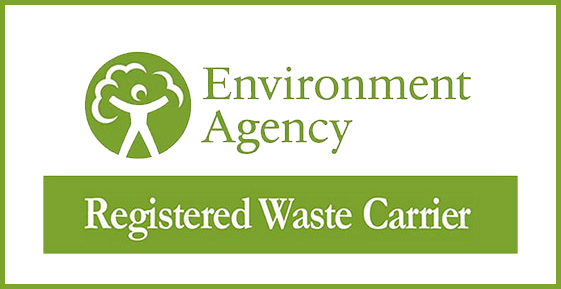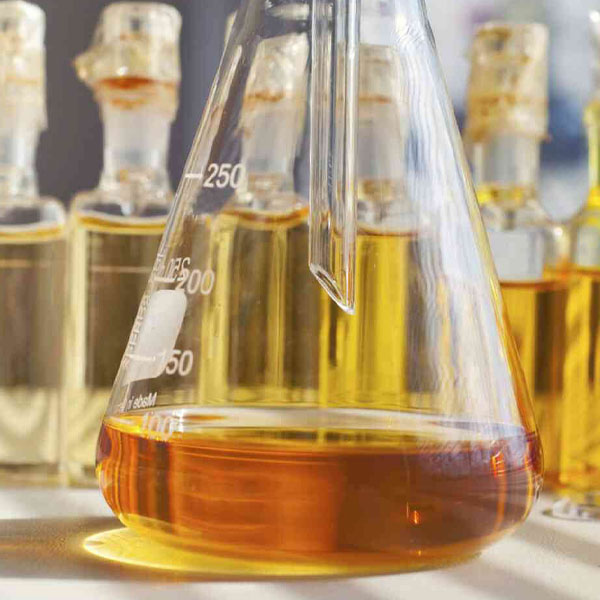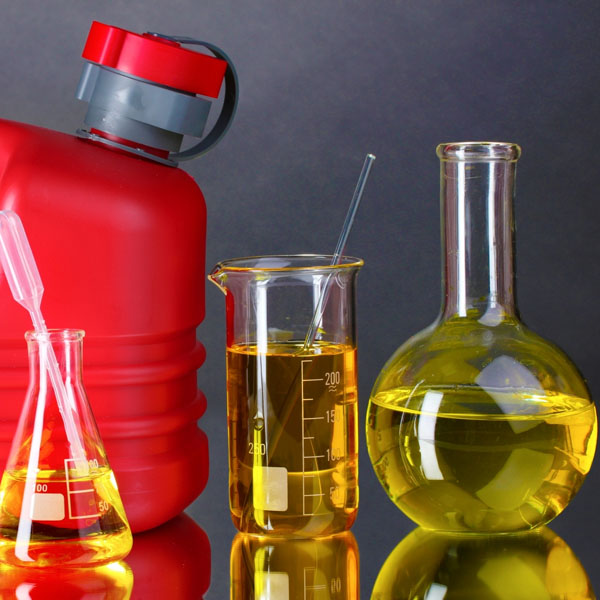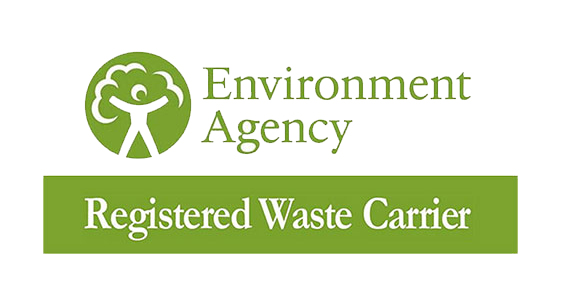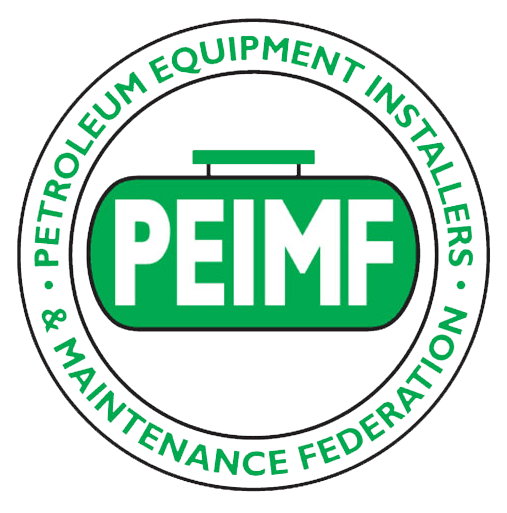How to Test Contaminated Diesel Fuel?
Colony Forming Unit (CFU) Testing
CFU tests are conducted in laboratories; it usually takes 4-10 days to get the inspection results. Although these are the most authentic ones, they can be expensive and challenging due to handling, transport, and laboratory costs.
These tests aim to determine the level of microbial presence in a fuel sample by growing and counting the microbes in an incubator. CFU tests are authentic to inspect your fuel tank, but they don’t specifically target the microbes that cause damage to fuel systems.
ATP Testing
ATP (Adenosine Triphosphate) testing can be done on-site and provides results within minutes. It requires a specialised device called a luminometer. But these results aren’t as authentic as for CFU testing.
ATP testing detects total microbiological presence, including non-damaging microbes. This broader scope may lead to misleading results.
Additionally, conducting ATP testing in a different location from the fuel storage or usage area can introduce external microorganisms, affecting the accuracy of results.
Immunoassay Antibody Tests
Immunoassay antibody testing is the latest technology for witnessing diesel fuel contamination. It involves a simple ‘add drops and wait’ process, like a pregnancy test.
This method is fast, typically providing results within 10-15 minutes. Immunoassay antibody tests specifically target harmful microbes in diesel fuel.
They can be performed without complicated equipment, sterile conditions, or specialised training. The tests can be conducted wherever the fuel is stored, making them convenient and accessible.
How to Manage Fuel Contamination Throughout the Year?
In Winter
Switch to Winter-Grade Fuel
Regular diesel fuel can form wax crystals that clog filters and fuel lines as temperatures drop during winter, causing engine failure.
To prevent this, switch to winter-grade fuel before the cold season arrives. Winter-grade fuel contains additives that prevent the formation of wax crystals, allowing it to flow smoothly in freezing temperatures.
Regularly Remove Snow from Plastic Tanks
Heavy snow can put stress on plastic fuel tanks, potentially causing splits, cracks, or weak points in the tank’s walls. To protect your tank, shelter your tank or remove large snow deposits from the top.
Lagging or insulating exposed pipework can also prevent freezing damage and minimise condensation build-up inside the tank.
Position Your Tank Securely
Strong winds can rev heat loss from a fuel tank, causing immediate cooling of the stored fuel. Additionally, as fuel levels drop, the tank becomes lighter and more susceptible to being moved by strong winds, potentially leading to tank damage and oil spills.
Therefore, check that your tank is securely positioned on a level and stable base before winter arrives. Keeping your fuel tank topped up also helps to maintain its position and stability.
Check for Any Damages and Any Openings
Rainwater can enter your fuel tank through corroded or faulty seals, damaged vents, or compromised tank integrity due to cracks or holes.
This creates a perfect environment for diesel bugs, microorganisms that thrive in the presence of water and quickly multiply, leaving behind a waxy sludge or biomass.
Regular tank inspections and ensuring caps and hatches are properly closed can help prevent water ingress and fuel contamination.
In Spring
Check Your Fuel for Sludge and Residue Build-Up
After a winter of using your fuel for heating and equipment, sludge and residue can accumulate in the fuel tank. If left untreated, these contaminants can cause intense harm to your fuel equipment and system. Regular maintenance and tank cleaning in spring can help avoid such issues.
Be Aware of The Fluctuating Temperatures
During spring, the fluctuation between cool nights and warm days can cause condensation to form inside the fuel tank. The water droplets that settle at the bottom of the tank create an ideal environment for diesel bugs and other harmful contaminants to thrive.
These microorganisms degrade the fuel quality, leading to sludge build-up and potential damage to your engine. Regular professional fuel tests can help identify condensation and diesel bug growth.
Look for Corrosions Caused by Heat and UV Light
While steel tanks are sturdy and durable, they are also susceptible to corrosion caused by heat and UV light. Over time, corrosion weakens the tank’s structure, leading to cracks and holes that can result in oil spills and environmental damage. Regular fuel tests and tank cleaning by professionals can help detect and prevent tank corrosion.
How to Prevent Fuel Contamination?
Taking good care of your stored fuel and getting it checked by professionals regularly is very important. By being proactive and planning ahead with maintenance, you can prevent contamination issues and avoid expensive emergency situations.
Network Environmental UK offers fuel testing and industrial tank cleaning services. This means we can provide a complete solution to keep your business fuel in top condition and protect it from potential problems. Contact our team to get your fuel checked!
